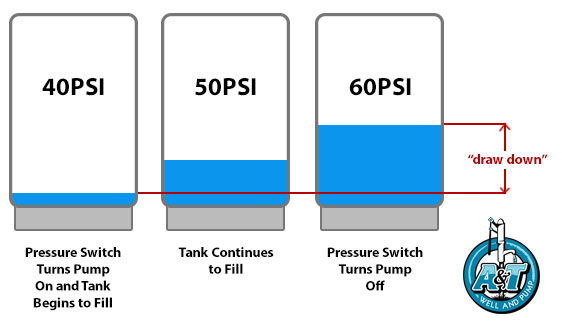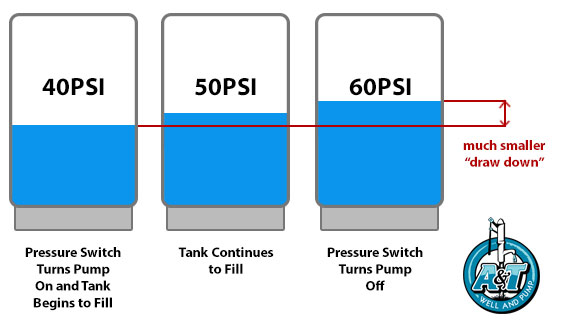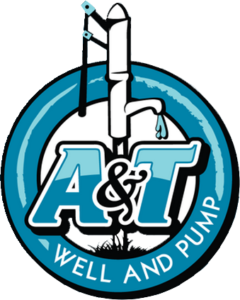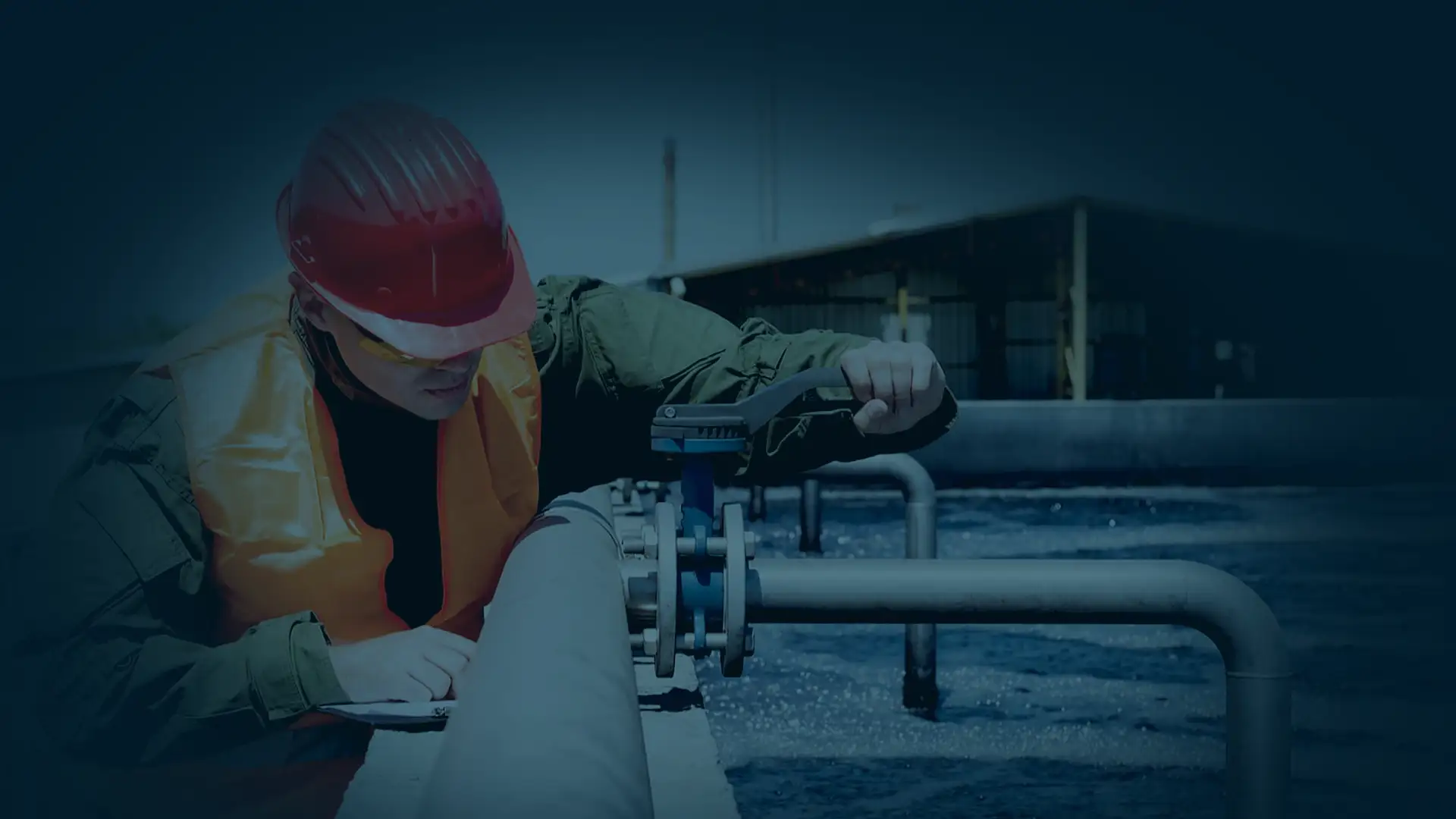Have a well and noticing low water pressure or even total lack of flow? If…
Before we delve into the ways your well pump can be damaged, it is helpful to take a quick look at the parts of your well and see how the whole system works.
How Your Well Pump and Well Tank Work Together
First of all, there are two main types of well pumps: submersible and above ground pumps. Submersible pumps are located down (submersed) in the well water and work to push the water upwards. Then there are jet pumps, which work the opposite way. These are located above ground and pull the water up. These pumps do not activate every time you run a faucet or turn on a shower. Instead, they pump water into a well tank, where it is stored and pressurized. There is an air bladder inside the well tank, and as more and more water is forced into the tank, the pressure increases, and as water runs, the pressure decreases. That brings us to the pressure switch. The job of the pressure switch is to detect the level of pressure inside the well tank and turn the well pump on and off accordingly. For instance, when the pressure drops below 40 psi, the switch will trigger the well pump to turn on and pump more water into the well tank. When the pressure reaches 60psi, the switch will turn the pump off. The actual pressure settings can vary from system to system, but those are fairly common examples.How Your Well Tank Affects Your Pump
Your well's water tank system limits how long and how often the well pump runs. When a pump runs for too long, it will overheat, and when it kicks on and off frequently, it wears out more quickly. It's really no different than a car engine in that regard. Properly functioning water tank: Water logged water tank:
Water logged water tank:
 When the air bladder inside your well tank cracks or deteriorates, water can get inside, and when this happens, we refer to your tank as being "water logged," and it should be replaced.
Why is this so important?
Your well tank needs sufficient space in it for air so the tank can be filled with a large amount of water at one time. With a smaller volume of air in the tank to begin with, only a small amount of water can be pumped into the tank before it reaches its maximum pressure and the pump switches off. When there is too much water and not enough air in the tank, the pressure switch will signal the pump to turn on for short bursts of activity for only a few minutes at a time. This is called "short cycling" and can burn out your pump quickly.
When the air bladder inside your well tank cracks or deteriorates, water can get inside, and when this happens, we refer to your tank as being "water logged," and it should be replaced.
Why is this so important?
Your well tank needs sufficient space in it for air so the tank can be filled with a large amount of water at one time. With a smaller volume of air in the tank to begin with, only a small amount of water can be pumped into the tank before it reaches its maximum pressure and the pump switches off. When there is too much water and not enough air in the tank, the pressure switch will signal the pump to turn on for short bursts of activity for only a few minutes at a time. This is called "short cycling" and can burn out your pump quickly.
Malfunctioning Well Pump Pressure Switch
Like any mechanical part, your pressure switch can wear out and malfunction over time. A malfunctioning switch can cause the pump to run too often or too long and potentially burn out the motor. In addition, if the switch allows the pressure to go too high, it can put excess stress on the tank and pipes, potentially causing them to crack or even burst.Cracking or Leaking Pipes
A water logged well tank, a broken pressure switch, and cracked or leaky pipes can all have the same effect on your well pump. If your pump is trying to pump water into a pressurized tank, and the pipe(s) leading to that tank are compromised, your pump obviously has to work harder. Putting too much stress on your pump can shorten its lifespan.Contact Us for Emergency Well Pump Repairs in Raleigh
If you're experiencing any of the listed problems, or are unsure about the condition of your pump, we can help! We offer 24/7 emergency well pump repairs and can check for any issues or concerns with a thorough and comprehensive well inspection performed via high-end camera. Call us today for fast, friendly, 24/7 service at (919) 291-4063 or fill out the form below."*" indicates required fields

